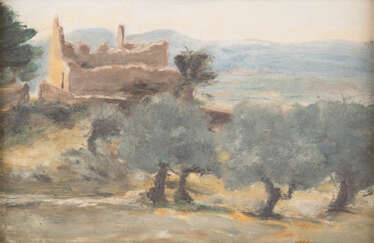ruins
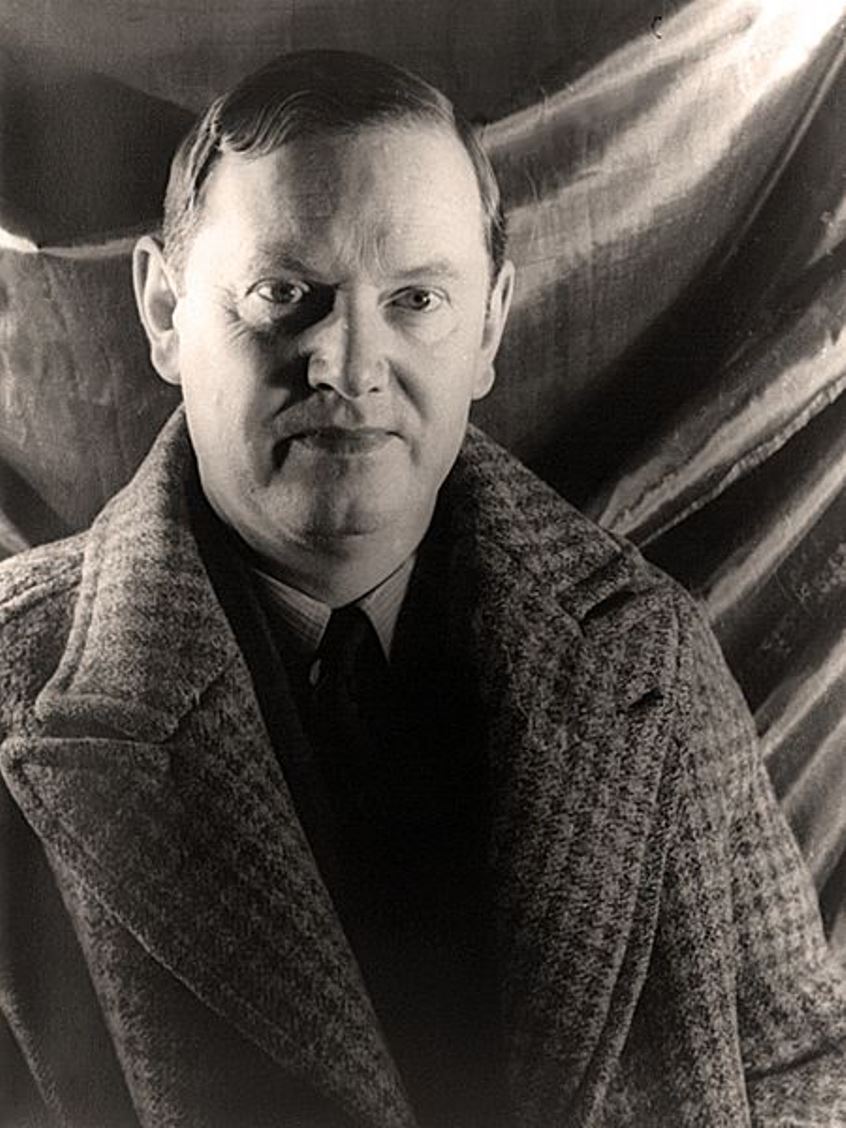
Evelyn Waugh, full name Arthur Evelyn St. John Waugh, was a British satirical writer, travel writer and historian.
Evelyn Waugh studied at Lancing College in Sussex and at Hertford College in Oxford. He then began traveling and writing, soon earning a reputation as a witty satirist. He visited Ethiopia and the Belgian Congo, and traveled to South America. His works are almost always based on personal experience; notable among the early ones are Decline and Fall (1928), Nasty Bodies (1930), Black Mischief (1932), and others.
During World War II, Evelyn Waugh served in the Royal Marines and the Royal Horse Guards. Written at this time, the novel "Return to Brideshead" (1945) is about an aristocratic English Roman Catholic family. In the trilogy "Men in Arms" (1952), "Officers and Gentlemen" (1955) and "Unconditional Surrender" (1961), the author conducted a serious analysis of the events of World War II, as an eternal struggle between good and evil, civilization and barbarism. Later on these works were filmed television series.
Evelyn Waugh also left a significant trace in journalism and literary criticism, he is considered one of the finest stylists in English prose of the XX century.

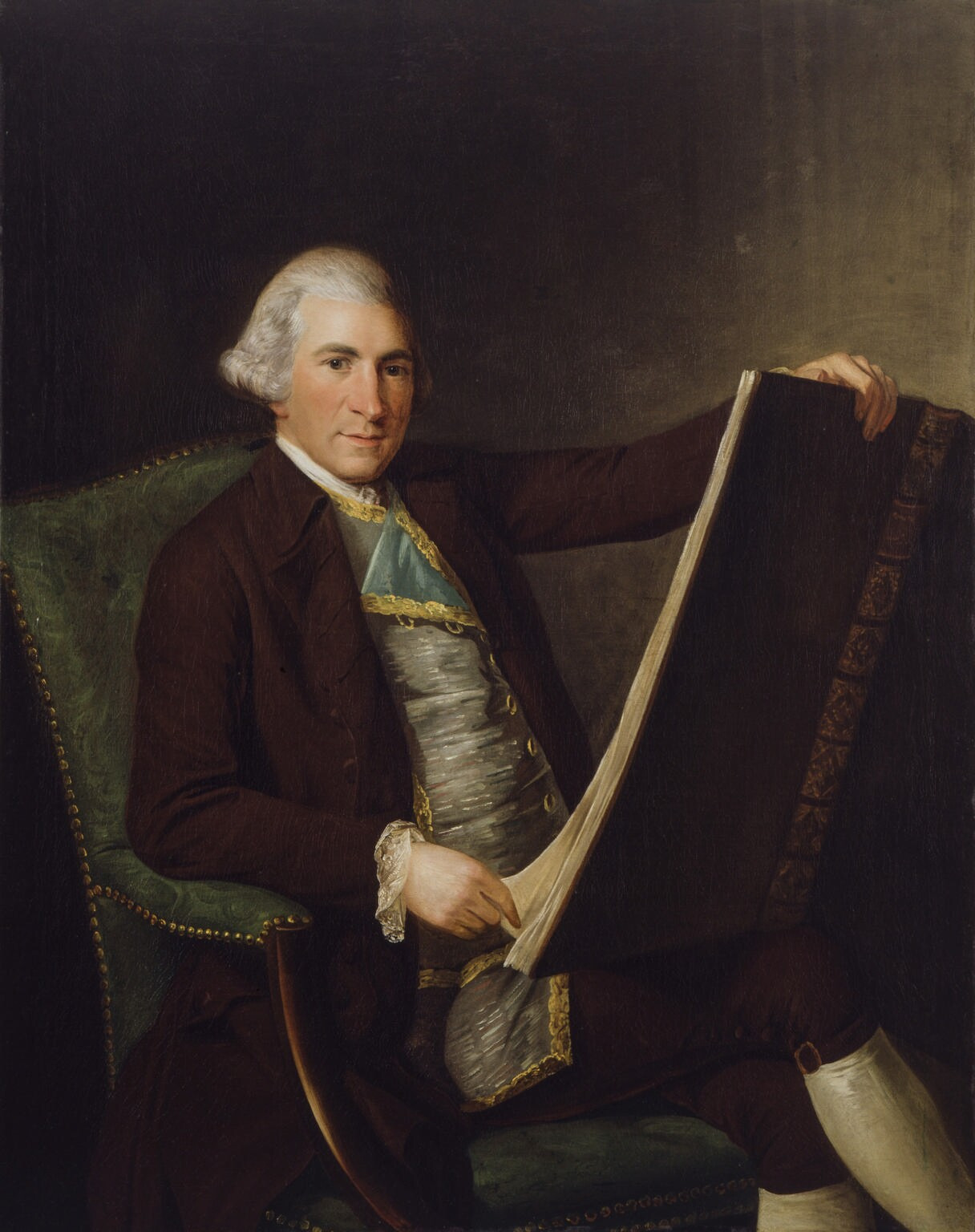
Robert Adam was a Scottish architect and interior designer, best known for his work during the Rococo and Neoclassical periods in Britain. He was born in 1728 in Kirkcauld, Scotland, and studied at the University of Edinburgh.
Adam began his career as an architect in 1754 and quickly became known for his innovative approaches to architecture and interior design. He developed his own style, which combined elements of rococo, classicism and antiquity.
He designed many buildings, including residences, palaces, churches, bridges and furniture. He also participated in designs for gardens and landscapes. One of Adam's best known projects is the Admiralty Building in London, built in the 1760s.
Adam was also known for his experiments with colour and form in interior design. He often used light colours, mirrors and mouldings to create larger and lighter spaces.
Robert Adam died in London in 1792, but his legacy continues to influence architecture and design in Britain and around the world.


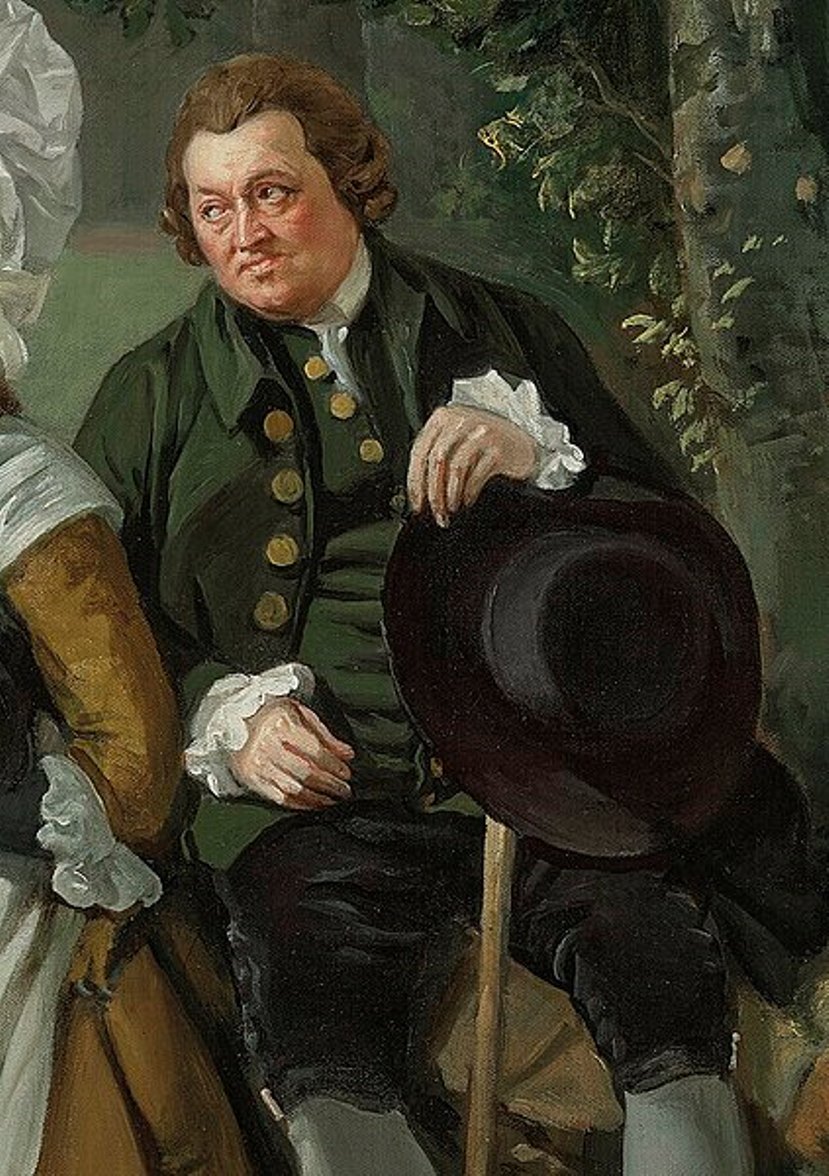

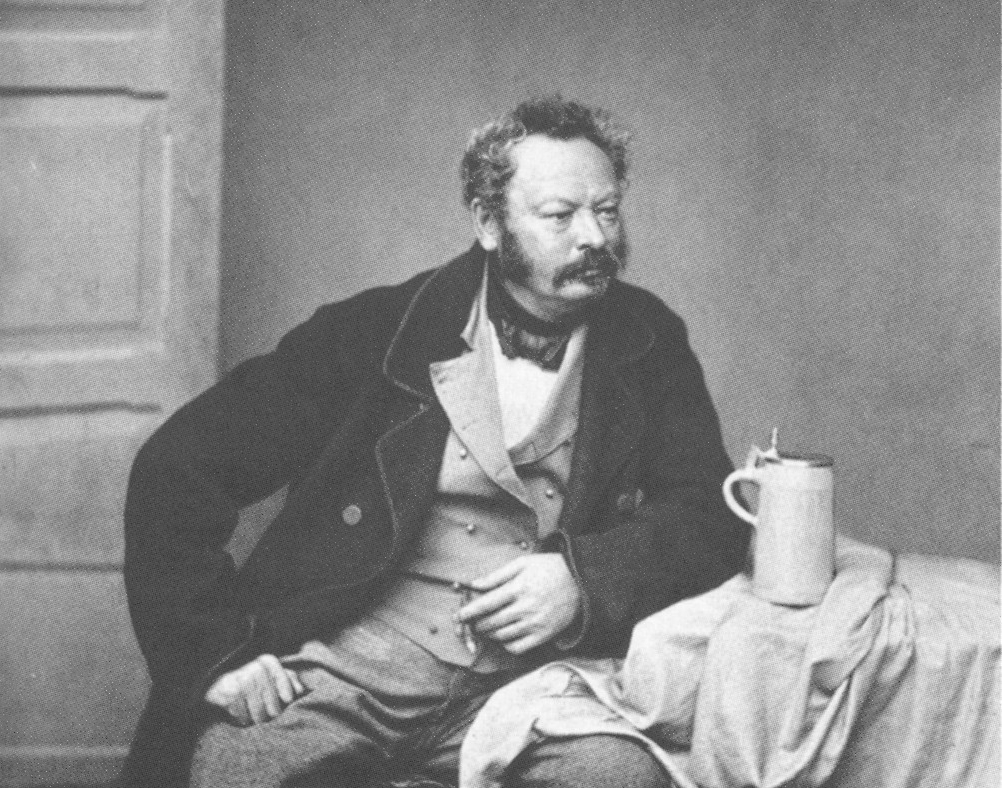
Heinrich Bürkel was a German artist of the mid-nineteenth century. He is known as a painter and graphic artist, representative of the Biedermeier style.
Heinrich Bürkel specialized in genre and landscape paintings, especially winter landscapes. He often used Staffage and depicted animals. His work showed the influence of the old Dutch and Italian masters. Bürkel enjoyed great popularity, his paintings were actively acquired for private collections, including in America. The master painted about 1000 paintings and created about 6000 drawings.

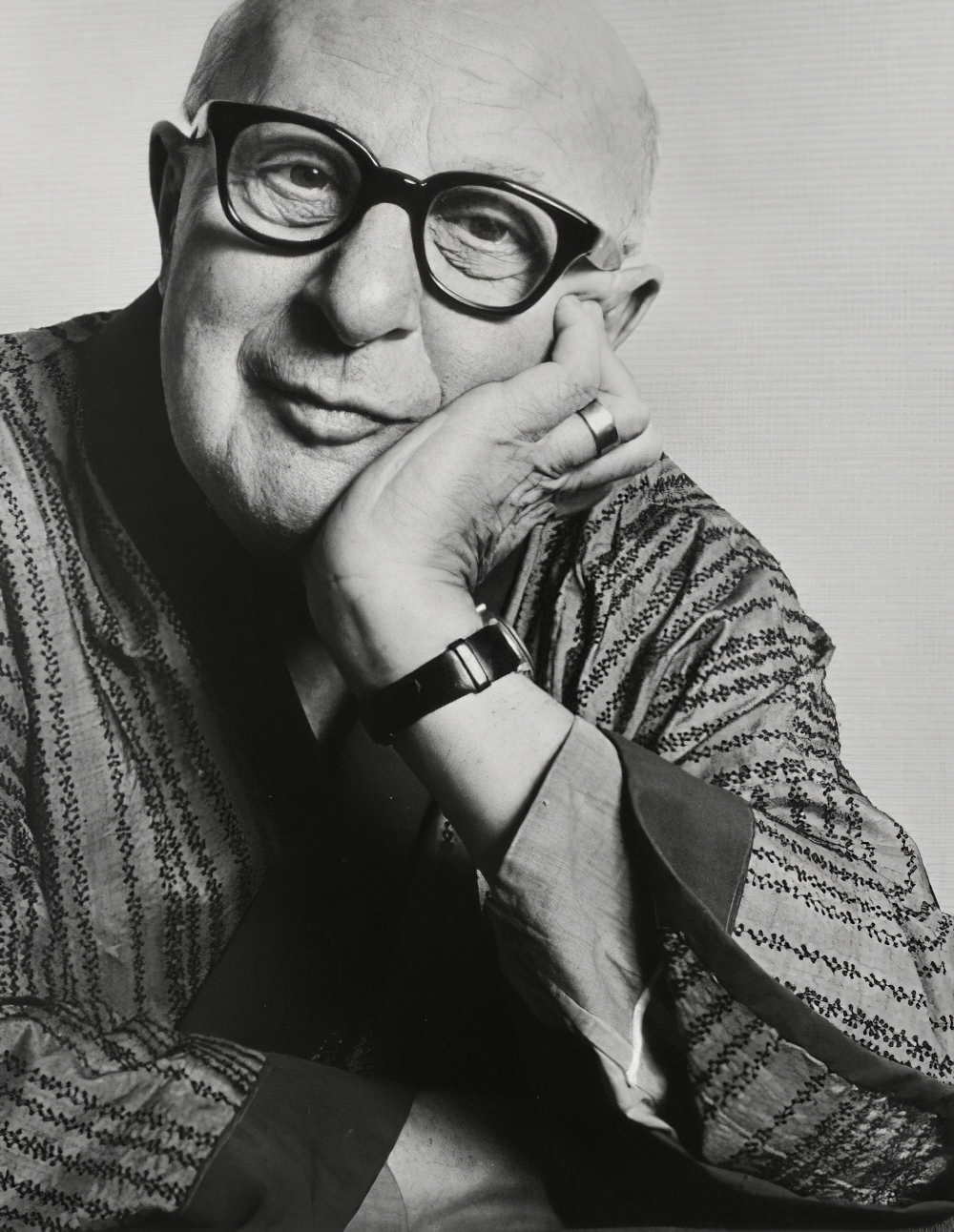
Eugène Berman was a Russian-born American painter and stage designer associated with the Surrealist and Neo-Romantic movements.
Eugene Berman's work often portrayed dreamlike landscapes, architectural structures and enigmatic figures. Berman was known for his meticulous attention to detail, rich colour palette and sense of theatricality in his compositions.
In his paintings, Berman created a world of poetic and mysterious atmosphere, evoking a sense of melancholy and introspection. His subjects often included mythological or allegorical figures, ruins and stage sets. His work had a surrealistic quality, mixing reality and imagination.
Eugène Berman also made a significant contribution to set design for theatre productions, particularly in collaboration with his wife, Leonora Carrington, a renowned surrealist painter. Their joint artistic vision brought surreal and fantastical elements to the stage, enhancing the overall theatrical impression.


Ferdinand Knab was a German landscape painter, neo-romanticist and master of ruins.


Heinrich Bürkel was a German artist of the mid-nineteenth century. He is known as a painter and graphic artist, representative of the Biedermeier style.
Heinrich Bürkel specialized in genre and landscape paintings, especially winter landscapes. He often used Staffage and depicted animals. His work showed the influence of the old Dutch and Italian masters. Bürkel enjoyed great popularity, his paintings were actively acquired for private collections, including in America. The master painted about 1000 paintings and created about 6000 drawings.



Francesco Foschi was an Italian painter best known for painting winter landscapes.


Andreas Schelfhout was a distinguished Dutch painter, etcher, and lithographer, celebrated for his exquisite landscape paintings. Born and based in The Hague, Schelfhout initially trained as a gilder and framemaker before apprenticing to a decorative painter between 1811 and 1814. This period marked the beginning of his journey into landscape painting, with his works being exhibited from 1815 onwards. Andreas Schelfhout's artistry is deeply rooted in the Romantic movement, with his Dutch winter scenes and frozen canals featuring skaters becoming particularly renowned during his lifetime. These works, showcasing a meticulous attention to detail and atmospheric quality, cemented his status as one of the most influential landscape artists of the 19th century.
A notable aspect of Andreas Schelfhout's career was his impact on other artists. He provided training to many painters who would later gain fame in their own right, such as Johan Jongkind, a forerunner of the Impressionists, and Charles Leickert. His advocacy for the use of watercolour in en plein air sketching significantly influenced his students and contemporaries, particularly enhancing the techniques of Jongkind, Jan Hendrik Weissenbruch, and Willem Roelofs.
Andreas Schelfhout's legacy is not only reflected in his influential teaching but also in the breadth of his creations. His works include not just winter scenes but also seascapes and landscapes depicting various aspects of Dutch scenery. His paintings often evoke a nostalgic longing for the past, a characteristic trait of the Romantic style, with elements like the ruins of castles or chapels adding a historical dimension to the landscapes.
Several of Andreas Schelfhout's masterpieces are displayed in prominent museums and galleries, evidencing his significant contribution to the art world. His works can be found in the Rijksmuseum in Amsterdam, the Museum Boymans-van Beuningen in Rotterdam, the Dordrechts Museum in Dordrecht, the Teylers Museum in Haarlem, and the National Gallery in London, among others.
Andreas Schelfhout was not just an artist; he was a pivotal figure in the Dutch Romantic landscape painting scene. His influence extended beyond his own works to shape the styles and techniques of future generations of artists. For collectors and experts in art and antiques, Schelfhout's works represent a significant era in art history, embodying the essence of Romanticism in Dutch landscape painting.
For those interested in staying informed about new product sales and auction events related to Andreas Schelfhout, signing up for updates is highly recommended. This subscription ensures that enthusiasts and collectors are always in the know regarding the latest developments and opportunities related to Schelfhout's artistry.















































